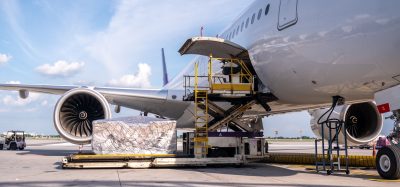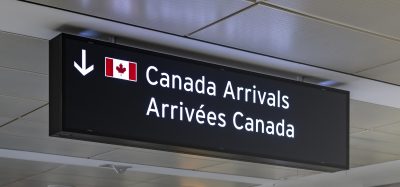ACI Europe releases air traffic report for the first half of 2018
- Like
- Digg
- Del
- Tumblr
- VKontakte
- Buffer
- Love This
- Odnoklassniki
- Meneame
- Blogger
- Amazon
- Yahoo Mail
- Gmail
- AOL
- Newsvine
- HackerNews
- Evernote
- MySpace
- Mail.ru
- Viadeo
- Line
- Comments
- Yummly
- SMS
- Viber
- Telegram
- Subscribe
- Skype
- Facebook Messenger
- Kakao
- LiveJournal
- Yammer
- Edgar
- Fintel
- Mix
- Instapaper
- Copy Link
Posted: 9 August 2018 | International Airport Review | No comments yet
ACI Europe has released its air traffic report for June 2018, Q2 & H1, which has revealed that during the first half of this year (H1), passenger traffic at Europe’s airports grew by an average 6.7 per cent.


ACI Europe has posted its traffic report for the first half of 2018, with an overall increase in both passenger and freight numbers.
Passenger traffic in the less mature non-EU market increased by 10.5 per cent – nearly twice the expansion rate of the EU market which was 5.4 per cent. Both markets saw the growth dynamic recede slightly in Q2 over Q1 – from 12.5 per cent to 9.4 per cent at non-EU airports and from 6.2 per cent to 4.9 per cent at EU airports.
In the EU, airports in the Baltic States, Bulgaria, Croatia, the Czech Republic, Greece, Hungary, Luxembourg, Malta, Poland, Slovakia and Slovenia achieved double digit growth.
Meanwhile, airports in Sweden posted the lowest growth within Europe (1.5 per cent), due to the combination of the new national aviation tax introduced in April 2017, the bankruptcy of regional airline Nextjet and lower outbound demand in the wake of their local currency hitting its lowest value in years.
Sweden became the only European market losing passenger traffic in June (-0.4 per cent), with its new aviation tax among the factors leading to the improved performance of airports in neighbouring Denmark (+5.7 per cent).
In the non-EU market, passenger traffic grew in excess of 15 per cent at airports in Turkey, Ukraine, Georgia and Israel and Iceland.
Europe’s top five busiest airports recorded a passenger traffic increase of 6.3 per cent in H1 – a notable improvement over their 2017 performance (4.3 per cent). Istanbul-Atatürk topped the league in terms of growth (12.9 per cent), followed by Frankfurt (9.1 per cent). Amsterdam-Schiphol also reported robust growth (5.4 per cent), followed by Paris-CDG (3.0 per cent – whose performance was impacted by repeated strikes at Air France), and capacity constrained London-Heathrow (2.6 per cent).
Stronger growth focused mainly on secondary & smaller hubs as well as selected medium sized & larger regional airports – reflecting ever evolving competitive dynamics largely driven by Low Cost Carriers and non-EU Full Service Carriers. These airports include: Moscow-Vnukovo (19.8 per cent), Naples (24.7 per cent), Valencia (20.2 per cent) and Sevilla (26.9 per cent).
Freight traffic increased by just 3.3 per cent during H1 – due to a deceleration in Q2 (2.1 per cent) compared to Q1 (4.5 per cent). Freight traffic growth in the EU was 2.4 per cent – down from three per cent in Q1.
Aircraft movements were up 3.6 per cent, with airlines still deploying significant capacity into the market and little variations between Q1 and Q2.
Olivier Jankovec, Director General of ACI EUROPE commented: “Our expectations for the first half of the year were cautiously positive, not least because of the extraordinary rise in passenger traffic Europe enjoyed [in 2017]. The results we are issuing today reveal just how robust air traffic growth has remained so far. Such growth is clearly putting our aviation system under pressure – with the impact of both a lack of airport capacity and air traffic management inefficiencies becoming more and more acute and now directly affecting air travellers.”
He added: “Looking ahead beyond the summer, the diminishing growth in freight traffic points to the economic risks from trade disputes and their escalation. Higher prices, disrupted supply chains and wavering exports are likely implications – which would inevitably end up affecting demand for air transport. The increasing odds of a “no-deal” Brexit scenario are just adding to the stress – and could soon start weakening consumer confidence.”
Related topics
Aeronautical revenue, Air traffic control/management (ATC/ATM), Airside operations, Brexit, Passenger volumes, Route development, Tourism


















